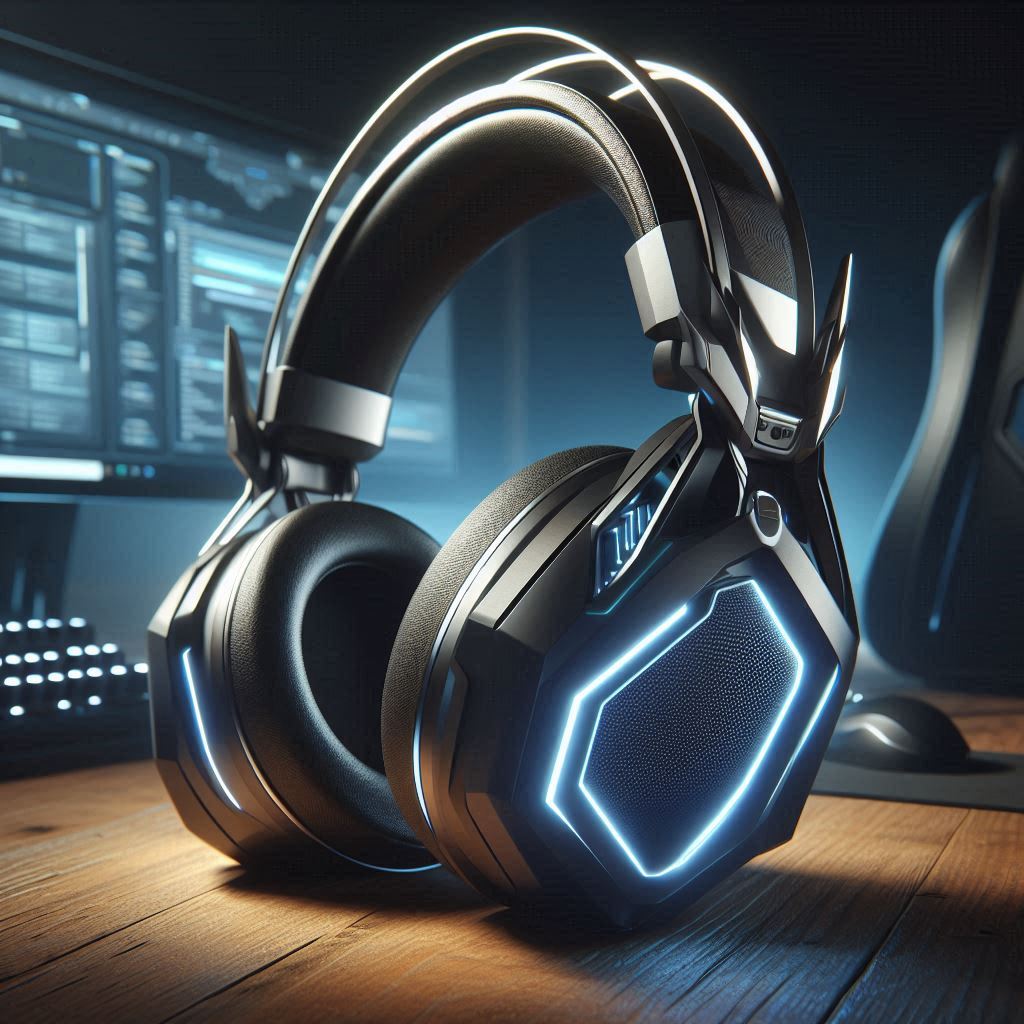
The best gaming headphones of 2025 with our complete gaming headset buying guide. Learn how to choose gaming headphones, improve sound with expert gaming audio tips, and find the perfect headphones for gaming.
Best Headphones for Gaming in 2025
In the competitive and immersive world of gaming, sound is no longer just an afterthought—it’s a critical weapon and a key component of the experience. From pinpointing enemy footsteps in an FPS to immersing yourself in the sprawling landscapes of an RPG, the right audio setup can elevate your gameplay, situational awareness, and overall enjoyment. In 2025, the technology in gaming headphones has advanced leaps and bounds, offering features that were once science fiction.
But with so many options flooding the market, how do you choose the “best” pair for your specific needs? This isn’t just about picking a cool-looking headset; it’s about understanding the core features that translate directly into a winning edge and unparalleled immersion.
This complete guide will walk you through everything you need to consider when buying gaming headphones in 2025, from crucial sound characteristics to microphone quality, connectivity, comfort, and more. Prepare to transform your gaming audio and step up your game!
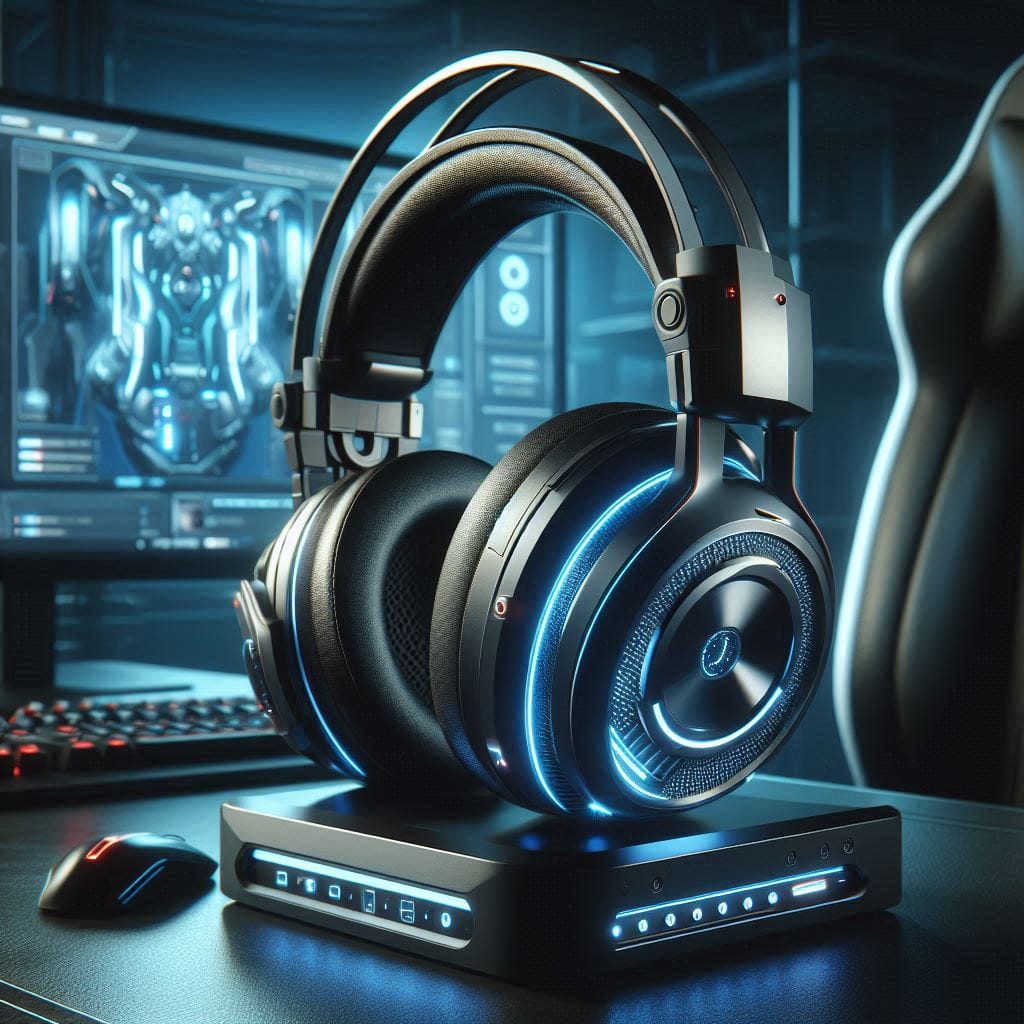
Understanding Gaming Audio: More Than Just “Loud”
Forget the myth that more bass equals better gaming. True gaming audio prowess lies in specific characteristics:
- Soundstage (Crucial!): This is the perceived sense of space and distance in the audio. In gaming, a wide soundstage allows you to accurately discern where sounds are coming from (left, right, front, back, even above/below you). This is vital for situational awareness in competitive games.
- Imaging: The precision with which individual sounds are placed within that soundstage. Can you tell if footsteps are exactly to your left or slightly in front of you? Good imaging makes this possible.
- Positional Audio / Surround Sound (Virtual vs. True):
- Virtual Surround Sound (e.g., Dolby Atmos for Headphones, DTS Headphone:X, Sony 3D Audio): Most gaming headsets use software-based processing to simulate 3D audio over standard stereo headphones. In 2025, these technologies are incredibly advanced, offering convincing spatial awareness. This is generally preferred for headphones due to its effectiveness without needing multiple drivers. For more on the future of gaming audio, check out our insights on Gaming Audio’s Next Frontier: Beyond Surround Sound Headsets.
- True Surround Sound (Multi-Driver Headphones): Some older or niche headsets incorporate multiple tiny drivers in each earcup to create discrete channels. While theoretically “true” surround, they often struggle with cohesion and imaging compared to good virtual solutions and are generally less recommended.
- Frequency Response: While a balanced sound signature is good for general use, gaming headphones often benefit from a slight emphasis in certain frequency ranges:
- Clear Mids: Essential for dialogue, comms with teammates, and distinct footsteps.
- Controlled Bass: While impactful explosions are fun, overly boomy bass can mask crucial details like footsteps. Look for bass that’s impactful but tight and well-defined.
- Detailed Highs: Helps in pinpointing distant gunshots, environmental cues, and fine details.

Microphone Quality: Your Voice, Your Team’s Success
Communication is paramount in team-based games. A bad microphone can be a major disadvantage. For more on mic choices, see our post on Top 5 Best USB Microphones for Streaming & Gaming.
- Clarity and Noise Cancellation: Look for microphones with excellent vocal clarity. In 2025, many gaming headsets feature AI-powered noise cancellation that effectively filters out keyboard clicks, fan noise, and background chatter, ensuring your teammates hear only you.
- Microphone Type:
- Boom Mic: The most common and generally best performing for gaming. It’s positioned close to your mouth for optimal clarity. Look for detachable or flip-to-mute designs for convenience.
- Retractable/Concealed Mic: Offers a cleaner look but might slightly compromise performance compared to a boom mic.
- Built-in Mics (non-boom): Typically found in more casual or true wireless gaming earbuds. Less ideal for competitive gaming due to distance from mouth and susceptibility to ambient noise.
- Sidetone/Mic Monitoring: This feature allows you to hear your own voice through the headphones, preventing you from shouting and helping you modulate your volume. Essential for comfortable communication.
Connectivity: Lag-Free and Reliable
The days of simply plugging in an analog jack are largely over. Wireless connectivity reigns supreme in 2025.
- 2.4 GHz Wireless (Dedicated Dongle): This is the gold standard for gaming headsets. It provides ultra-low latency, far superior to standard Bluetooth, ensuring your audio and actions are perfectly synchronized. This is crucial for competitive play.
- Bluetooth (LE Audio & Low Latency): While traditionally having higher latency, Bluetooth LE Audio with LC3 codec is rapidly closing the gap. Some 2025 gaming earbuds and headsets offer dedicated low-latency Bluetooth modes, making them viable for more casual gaming, mobile gaming, and general use. For more on advanced wireless audio, check out The Rise of High-Resolution Audio Streaming: Is It Worth the Upgrade?
- Wired (USB or 3.5mm): Still a reliable option for zero latency and high-quality audio, especially for competitive players who demand every millisecond. USB connections often enable more features (like virtual surround software), while 3.5mm offers universal compatibility.
- Multi-Platform Compatibility: Check if the headset supports your primary gaming platforms (PC, PlayStation, Xbox, Nintendo Switch, Mobile). Wireless dongles are often platform-specific (especially for Xbox), while Bluetooth and 3.5mm are more universal.
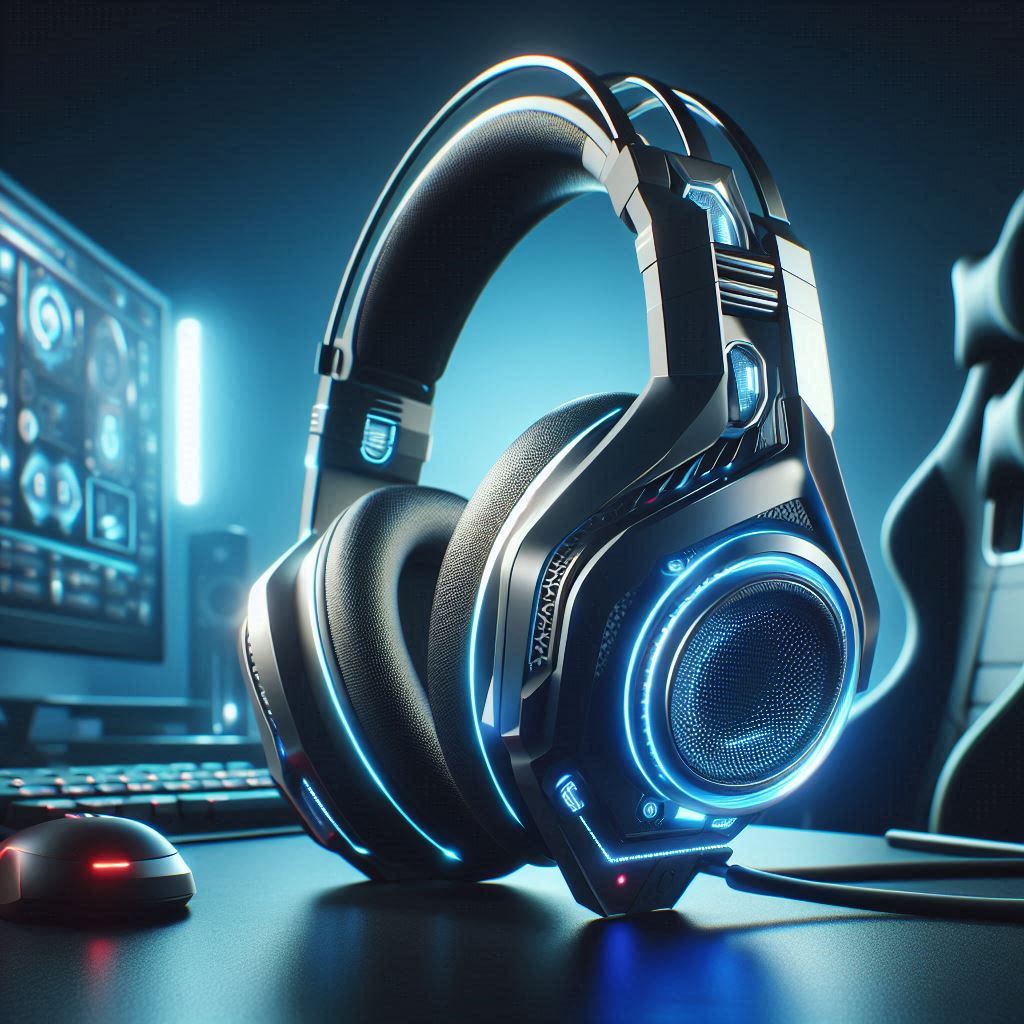
Comfort: Game On for Hours
Gaming sessions can last for hours, so comfort is non-negotiable.
- Weight: Lighter headsets generally lead to less fatigue over time.
- Clamping Force: The right balance is key—snug enough to stay put, but not so tight that it causes pressure points.
- Earpad Material:
- Velour/Fabric: More breathable, less prone to sweating, but offers less noise isolation.
- Leatherette/Pleather: Better noise isolation, can feel more premium, but can get hot and sweaty.
- Hybrid: Some combine materials for the best of both worlds.
- Headband Design: Look for soft padding and a good adjustment mechanism to distribute weight evenly. Suspended headbands can also be very comfortable.
- Eyeglasses-Friendly Design: If you wear glasses, seek out designs with softer earpads or channels specifically designed to alleviate pressure on your temples.
Build Quality and Durability: An Investment That Lasts
Gaming gear takes a beating. You want headphones that can withstand intense sessions and accidental drops.
- Materials: Look for durable materials like aluminum frames, high-quality plastics, and braided cables.
- Hinge/Swivel Points: These are common failure points. Check reviews for durability concerns in these areas.
- Detachable Cables/Mics: If components are replaceable, it can extend the lifespan of the headset.
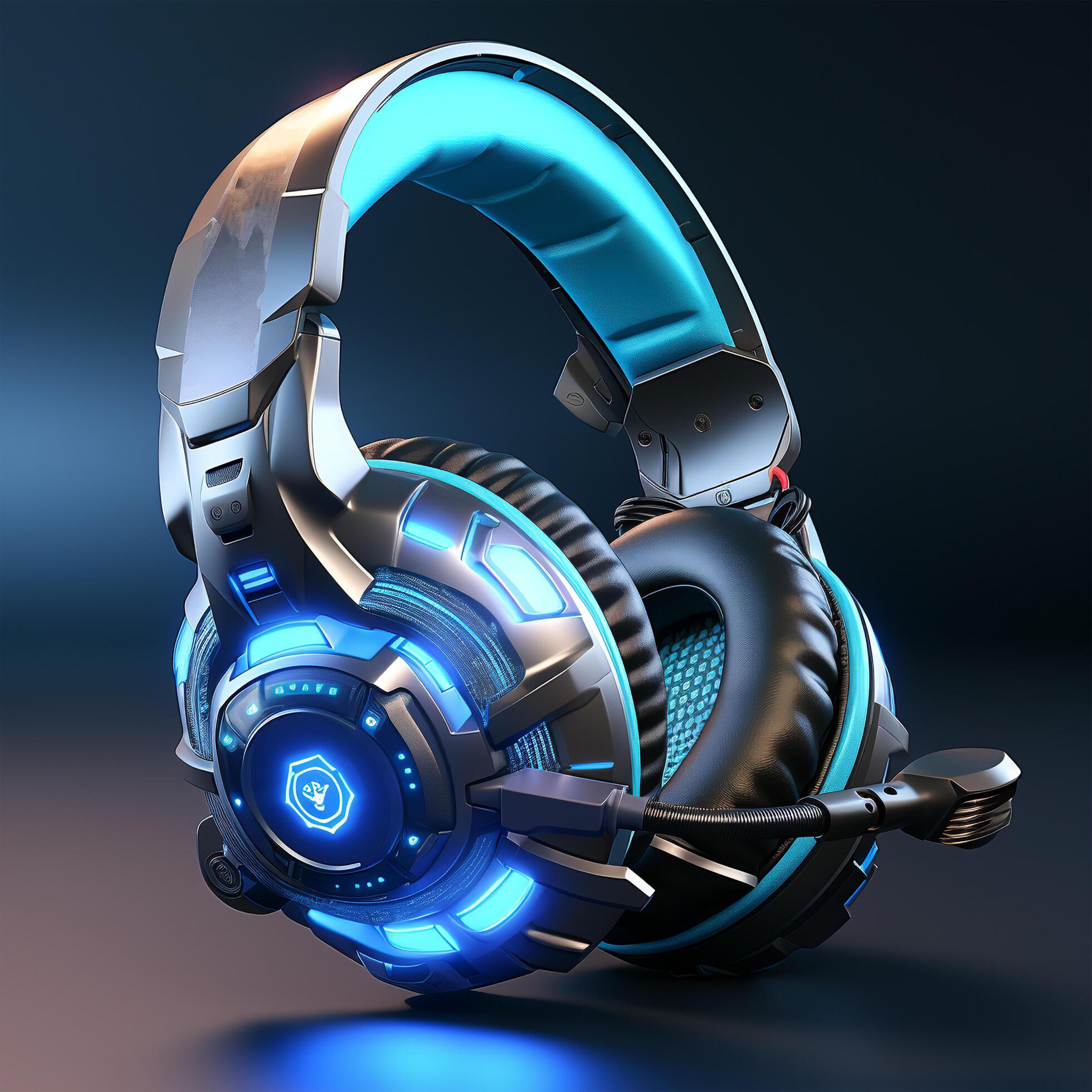
Software Features and Customization
Modern gaming headphones are often accompanied by robust software suites.
- Equalizer (EQ): Crucial for fine-tuning the sound signature to your preference or for specific games (e.g., boosting footsteps).
- Virtual Surround Sound Configuration: Allows you to activate and adjust the spatial audio settings.
- Microphone Adjustments: Gain control, noise gate, noise reduction settings.
- RGB Lighting: For those who prioritize aesthetics, software often controls customizable lighting zones.
- Battery Life Indicator: Essential for wireless models.
Top Considerations for Specific Gaming Scenarios
- Competitive FPS/Esports: Prioritize extreme soundstage and imaging, low latency (2.4 GHz wireless or wired), and crystal-clear microphone.
- Immersive RPG/Story-Driven Games: Focus on rich, balanced sound, powerful virtual surround, and deep bass for cinematic effects.
- Casual Gaming/Multi-Platform: Look for versatility in connectivity (Bluetooth + 2.4 GHz), good all-around sound, and decent comfort.
- Mobile Gaming: Prioritize low-latency Bluetooth (LE Audio), compact design (earbuds), and good battery life.
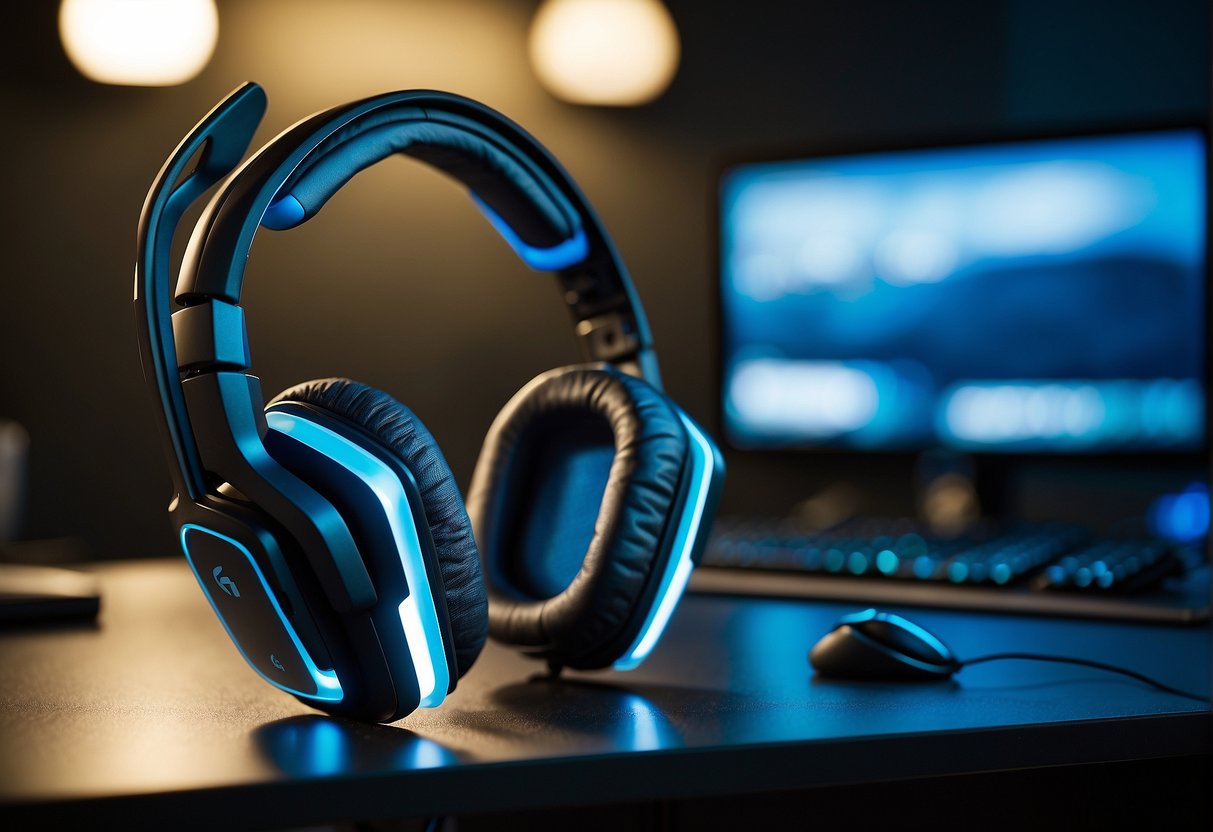
Your Ultimate Gaming Audio Weapon
Choosing the best gaming headphones in 2025 is about more than just marketing hype. It’s about understanding the synergy between soundstage, microphone clarity, connectivity, and comfort that truly enhances your performance and immersion.
By focusing on these key aspects—and tailoring your choice to your specific gaming habits and platform—you’ll find a headset that not only helps you pinpoint every enemy and hear every detail but also allows you to game in absolute comfort for hours on end.
Invest wisely in your audio. Prepare to hear new details, communicate flawlessly, and dominate the digital battlefield like never before. What’s your next level of audio immersion going to be?
Related Links
Internal Guides & Reviews from Gear For Audio:
- Gaming Audio’s Next Frontier: Beyond Surround Sound Headsets
- The Rise of High-Resolution Audio Streaming: Is It Worth the Upgrade?
- Top 5 Best USB Microphones for Streaming & Gaming
External Resources for Deeper Dive:
🎧 FAQ: Choosing the Best Gaming Headphones in 2025
1. What are the best gaming headphones in 2025?
The best gaming headphones in 2025 offer immersive sound, low latency, and comfort for long sessions. Top-rated models often include brands like SteelSeries, Razer, and Sony, depending on your platform and preferences.
2. Why should I follow a gaming headset buying guide?
A gaming headset buying guide helps you compare features like driver size, mic quality, wireless performance, and surround sound options — ensuring you make an informed decision.
3. What should I look for in headphones for gaming?
When selecting headphones for gaming, focus on sound accuracy, spatial audio support (e.g., Dolby Atmos or DTS:X), microphone clarity, and whether it suits your console or PC setup.
4. How do I choose the right gaming headphones for my needs?
To choose gaming headphones, consider your platform (PC, console, mobile), game type (FPS, RPG, etc.), and whether you need noise isolation, wireless functionality, or cross-platform compatibility.
5. What are some key gaming audio tips for a better experience?
Use these gaming audio tips:
– Enable game-specific audio modes.
– Use a DAC or amp for better quality.
– Optimize equalizer settings.
– Choose headphones with large drivers (40mm+).
– Make sure your setup supports surround sound if needed.



Pingback: Top 5 Best USB Microphones For Streaming & Gaming (2025): Crystal Clear Audio On Budget!